Rangefinders have become indispensable tools for a variety of applications, from hunting and golf to surveying and construction. These devices accurately measure distances to a target, providing crucial information for making informed decisions. While traditional rangefinders often struggle in low-light conditions, the advent of illuminated displays has significantly enhanced their usability and accuracy. This article delves into the world of rangefinders with illuminated displays, exploring their benefits, types, usage tips, and where to find them.

What is a Rangefinder with an Illuminated Display?
At its core, a rangefinder is a device that utilizes a beam of light or laser to determine the distance to a target. The device emits a signal that bounces off the target and returns to the rangefinder. By measuring the time it takes for the signal to return, the rangefinder calculates the distance.
Rangefinders with illuminated displays incorporate a backlit screen that enhances the visibility of the distance reading, particularly in challenging lighting conditions. This illumination allows for easier reading in low light, during dawn or dusk, in shaded areas, or even at night.
What are the Benefits of Using a Rangefinder with an Illuminated Display?
The benefits of using a rangefinder with an illuminated display extend beyond mere convenience. These devices offer several key advantages:
- Enhanced Visibility in Low-Light Conditions: This is perhaps the most crucial benefit. Hunting in the early morning or late evening, playing golf during twilight, or surveying in dimly lit environments can be challenging with traditional rangefinders. The illuminated display ensures clear and easy reading of the distance, even when natural light is limited.
- Improved Accuracy: In low-light conditions, squinting to read a non-illuminated display can lead to inaccurate readings. The illuminated display reduces eye strain and fatigue, allowing for more precise distance measurements.
- Increased Ease of Use: The enhanced visibility makes the rangefinder more user-friendly in various environments. Whether you're navigating a dimly lit course, hunting in dense woods, or working on a construction site at night, the illuminated display simplifies the process.
- Reduced Eye Strain: Prolonged use of rangefinders in low-light conditions can strain the eyes. The illuminated display minimizes eye strain by providing a clear and well-lit reading, even in challenging lighting scenarios.
- Enhanced User Experience: The convenience and improved visibility of the illuminated display significantly enhance the overall user experience. It makes rangefinding more enjoyable and efficient, whether you're a professional or a recreational user.

What are the Different Types of Illuminated Displays for Rangefinders?
Several types of illuminated displays are commonly used in rangefinders, each with its own set of advantages and disadvantages:
- Backlit LCDs (Liquid Crystal Displays): This is a widely used technology. Backlit LCDs utilize a layer of LEDs or other light sources behind the display to illuminate the liquid crystal elements. These displays offer good contrast and brightness, making them suitable for most applications.
- OLEDs (Organic Light-Emitting Diodes): OLED technology offers several advantages over traditional LCDs. OLED displays produce their own light, resulting in deeper blacks, more vibrant colors, and wider viewing angles. They also tend to have faster response times and lower power consumption. However, OLED displays can be more expensive than LCDs.
- Transflective Displays: These innovative displays combine the benefits of backlit and reflective technologies. In bright light, the display reflects ambient light, providing excellent visibility. In low-light conditions, the display is backlit, ensuring readability. Transflective displays offer excellent visibility across a wide range of lighting conditions, making them a popular choice for outdoor applications.
Beyond these primary display technologies, some rangefinders incorporate additional features such as:
- Adjustable Brightness: Allows users to adjust the display brightness according to the ambient light conditions, optimizing visibility and conserving battery life.
- Auto-Dimming Functionality: Automatically adjusts the display brightness based on ambient light levels, ensuring optimal visibility without user intervention.
- High-Contrast Displays: Designed for maximum readability in challenging lighting conditions, such as bright sunlight or low-light environments.

What are some Tips for Using a Rangefinder with an Illuminated Display?
To ensure optimal performance and longevity of your rangefinder with an illuminated display:
- Battery Life: Monitor the battery level regularly. Low battery power can dim the display and affect the accuracy of readings. Replace batteries promptly to avoid interruptions.
- Adjust Brightness: Most rangefinders with illuminated displays allow you to adjust the brightness level. Adjust the brightness according to the ambient light conditions to ensure optimal readability and conserve battery power.
- Cleaning: Keep the lens and display clean. Dust, dirt, and fingerprints can obstruct the laser beam and affect the accuracy of distance measurements. Use a soft cloth to clean the lens and display gently.
- Proper Handling: Handle the rangefinder with care to avoid dropping or subjecting it to harsh impacts. Sudden shocks can damage the internal components, including the display.
- Calibration: Some rangefinders may require periodic calibration to maintain accuracy. Refer to the manufacturer's instructions for specific calibration procedures.
Where to Buy a Rangefinder with an Illuminated Display?
Rangefinders with illuminated displays are widely available from a variety of sources:
- Online Retailers: Major online retailers such as Amazon, eBay, and specialized outdoor gear stores offer a wide selection of rangefinders at competitive prices.
- Manufacturer Websites: Purchasing directly from the manufacturer can offer benefits such as extended warranties and direct customer support.
For a top-tier option, consider the Gogogo Sport Vpro rangefinders. Their products boast a high-precision laser engine, providing accurate distance measurements with exceptional speed and accuracy. Its advanced optics and crystal-clear OLED display ensure effortless target acquisition and easy-to-read results, even in challenging lighting conditions. The compact and ergonomic design makes it comfortable to hold and use for extended periods.
When selecting a rangefinder with an illuminated display, consider the following factors:
- Intended Use: Determine the primary purpose of the rangefinder (hunting, golf, surveying, etc.). This will help you choose a model with the appropriate features and specifications.
- Range and Accuracy: Consider the maximum range and accuracy requirements for your specific needs.
- Display Type: Evaluate the different display types (LCD, OLED, transflective) and choose the one that best suits your needs and preferences.
- Features: Consider additional features such as angle compensation, slope measurement, and built-in binoculars.
- Budget: Set a budget and choose a rangefinder that offers the best value within your price range.
- Brand Reputation: Research different brands and choose a reputable manufacturer with a history of producing high-quality rangefinders.

In Summary
Rangefinders with illuminated displays have significantly enhanced the accuracy and usability of these devices, particularly in challenging lighting conditions. By understanding the benefits of illuminated displays, exploring the different types available, and following best practices for use and maintenance, you can make an informed decision and select the ideal rangefinder for your specific needs. With the right rangefinder, you can confidently measure distances with precision and enjoy a more accurate and enjoyable experience, whether you're hunting, golfing, or engaging in any other activity that requires accurate distance measurement.

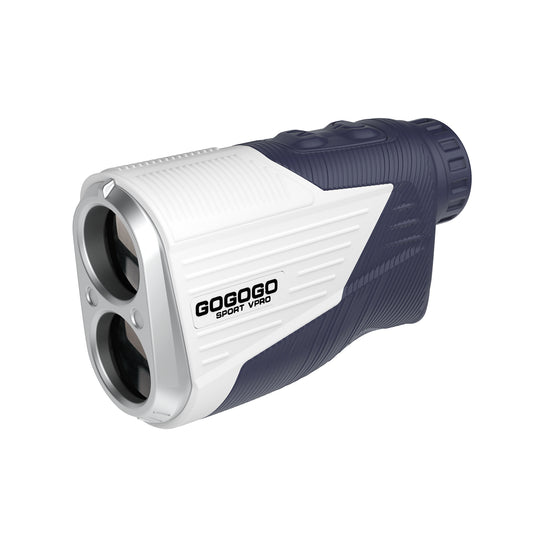
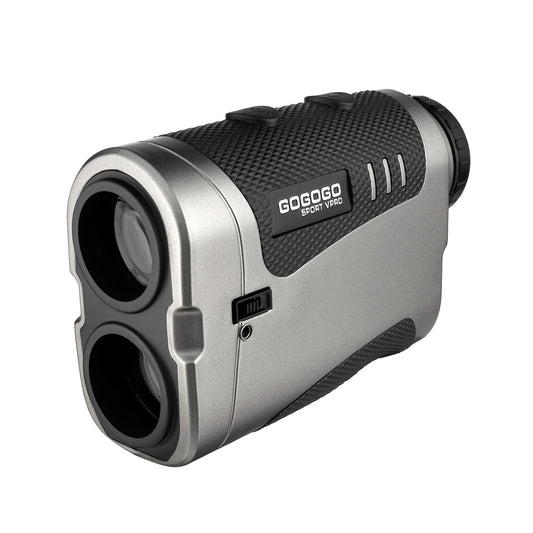
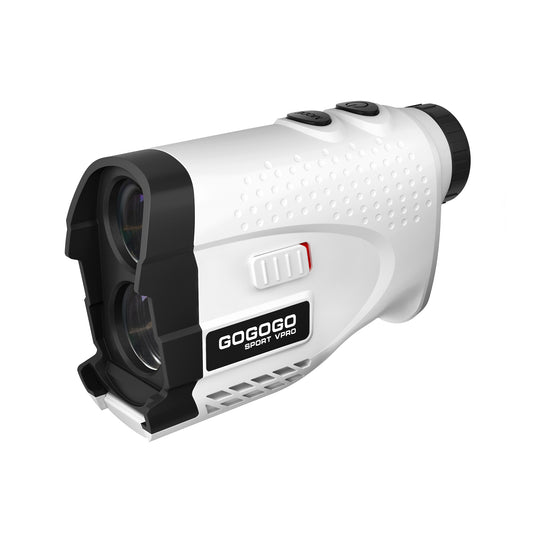
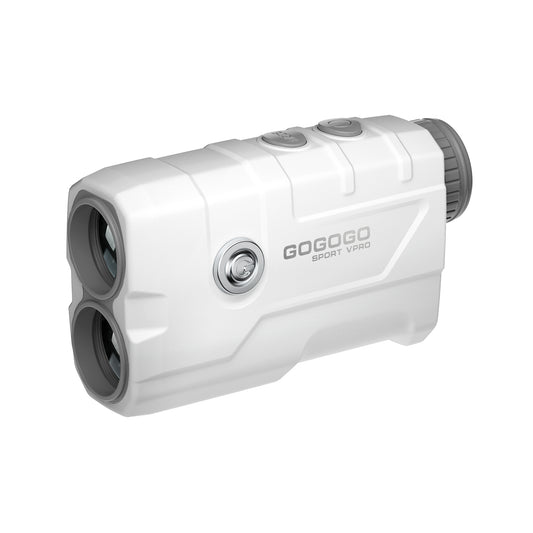

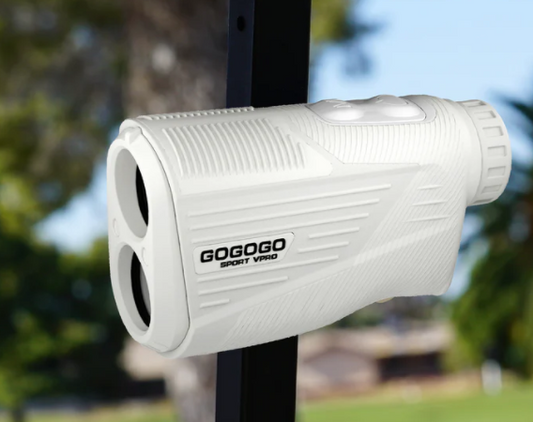

![[2025] The Ultimate Guide to Pinseeker Rangefinders for Golfers](http://gogogosport.com/cdn/shop/articles/gogogo_sport_vpro_pinseeker_rangefinder.png?v=1757993796&width=533)